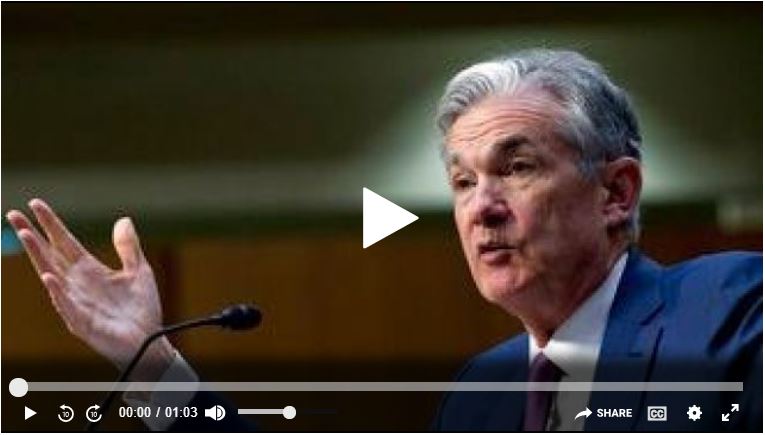What’s in Today’s Report:
Futures are modestly higher and European shares stabilized overnight thanks to positive developments in Italy.
News broke overnight that while Italy still plans on a 2.4% budget deficit for 2019, it will reduce that figure by 0.2% in each of the following two years, resulting in 2.0% in 2021.
Italian yields pulled back from multi-year highs and the euro found support, weighing slightly on the dollar overnight which is a slight positive for US markets.
Today, jobs week kicks off with the ADP Employment Report before the bell (E: 179K) and then the ISM Non-Manufacturing Index (E: 58.0) is due out at 10:00 a.m. ET.
Aside from economic data, there are a slew of Fed speakers today: Barkin (8:05 a.m. ET), Harker (12:00 p.m. ET), Brainard (1:00 p.m. ET), Mester (2:15 p.m. ET), Powell (4:00 p.m. ET), and Kaplan after the close (8:00 p.m. ET).
Europe will remain the primary focus today and as long as the overnight progress on the Italian budget plans is not forfeited in morning trade (before the Euro close) then risk on money flows and an easing dollar should support some upward momentum in US stocks today.
Get timely market updates daily at 7am, delivered straight to your inbox. Sign-up for a two-week trial and find out how Sevens Report can help you focus on the important information. Go here


